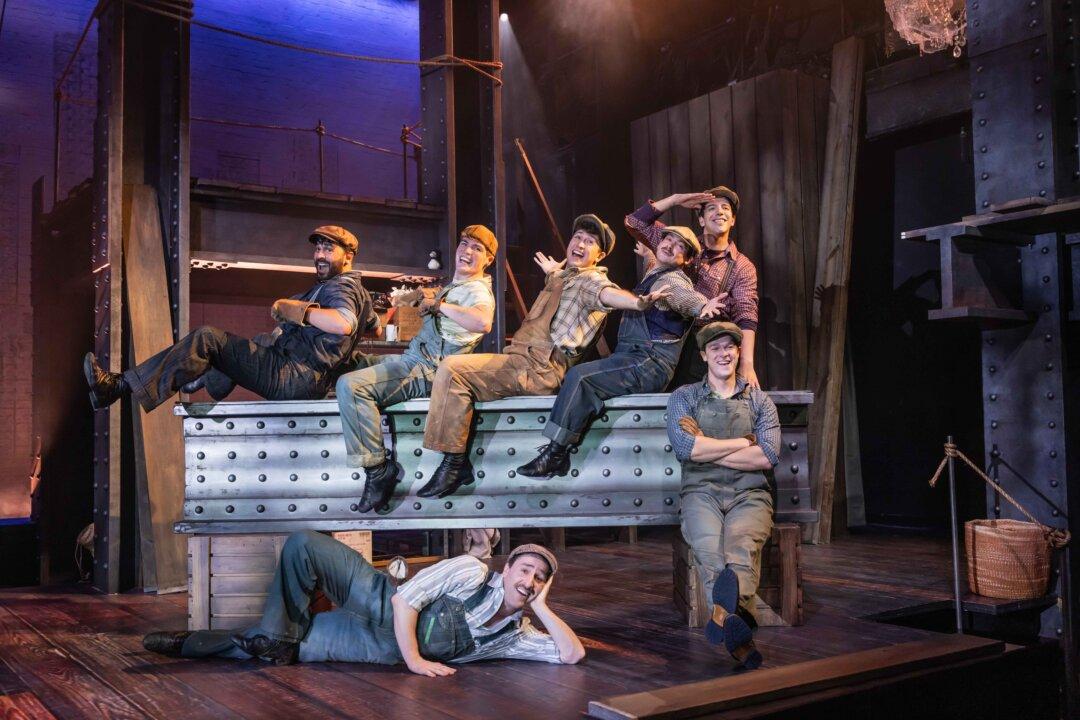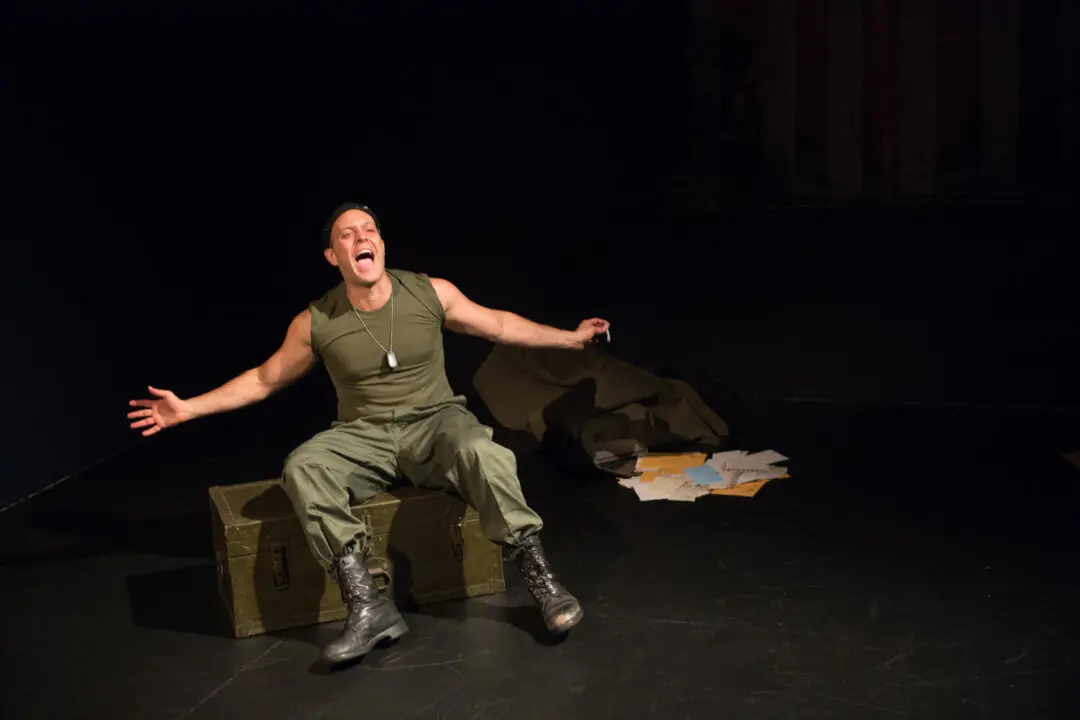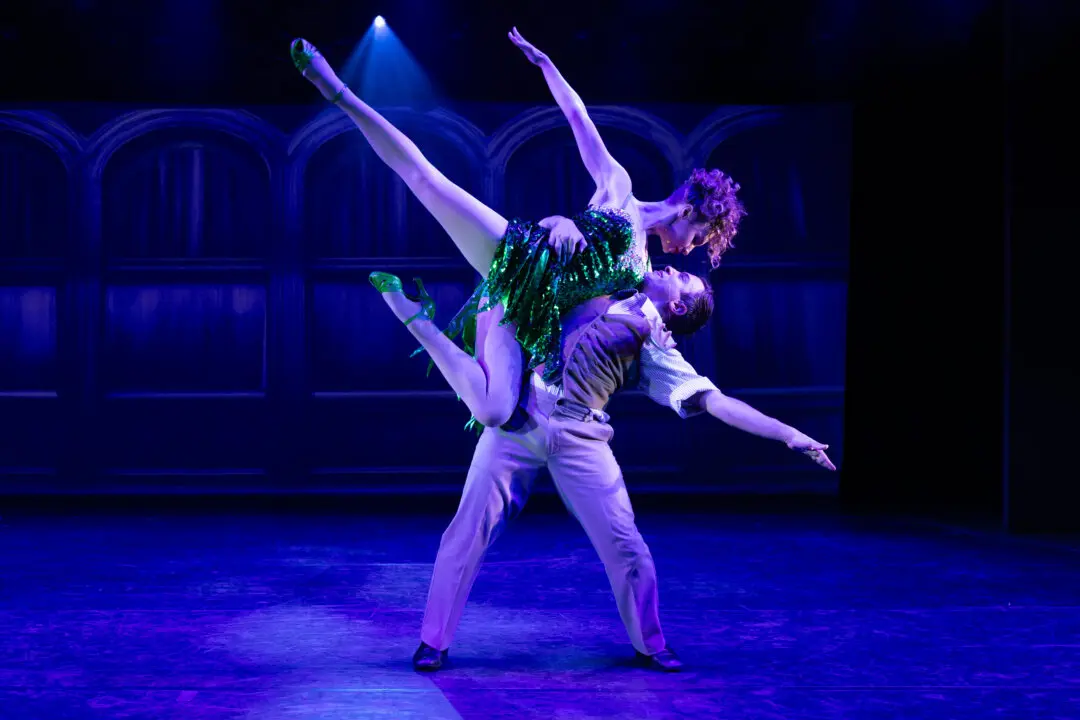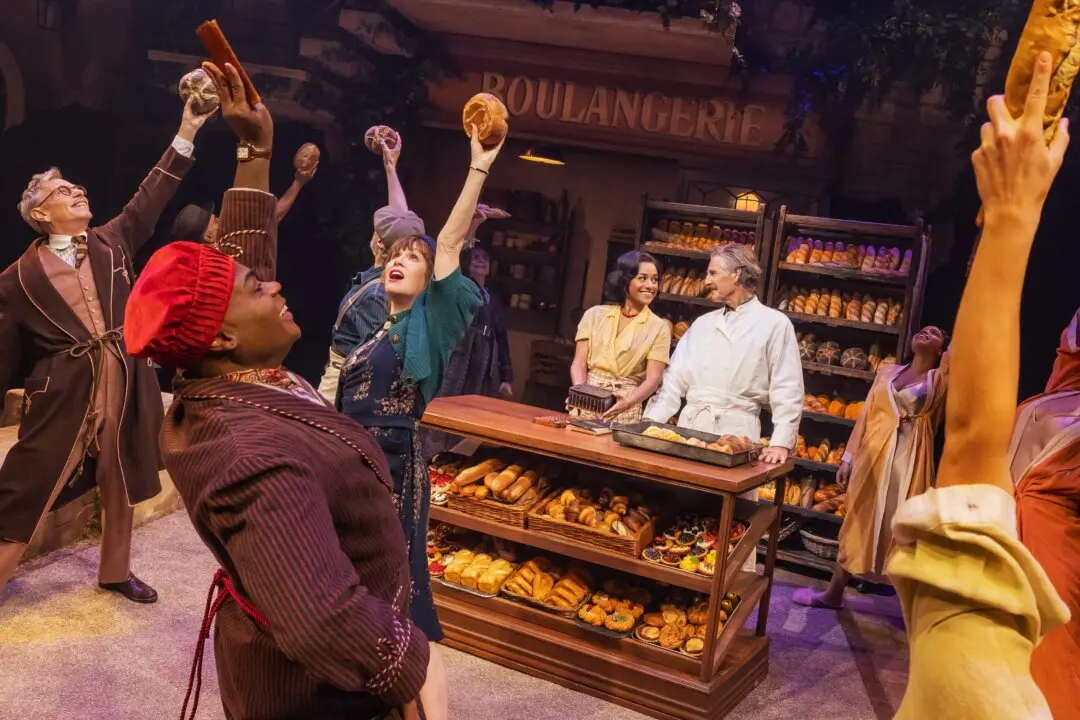NEW YORK—Knowing you’ve been a part of something special that will remain standing long after you’re gone: This idea serves as the spine for the off-Broadway musical “Empire,” now at Off-Broadway’s New World Stages.
Building the World’s Tallest Building
In 1976, Sylvie (Jessica Ranville), a fiercely independent single mother, is upset that her daughter Rayne (Kiana Kabeary) wants to follow in the footsteps of her grandfather Joe Pakulski (Devin Cortez) and become an ironworker. After an argument leads Rayne to storm out in anger, Sylvie finds herself going through a collection of old photographs and letters from decades earlier when Joe was one of the many men who worked on the construction of the Empire State Building.The story shifts to late 1929 when said building is just a gleam in certain people’s eyes, ones who include former New York State Governor Al Smith (a nicely bombastic Paul Salvatoriello) and Frances Belle “Wally” Wolodsky (Kaitlyn Davidson), a seasoned mover and shaker in the political arena. She’s the one person Smith counts on to get things done.





